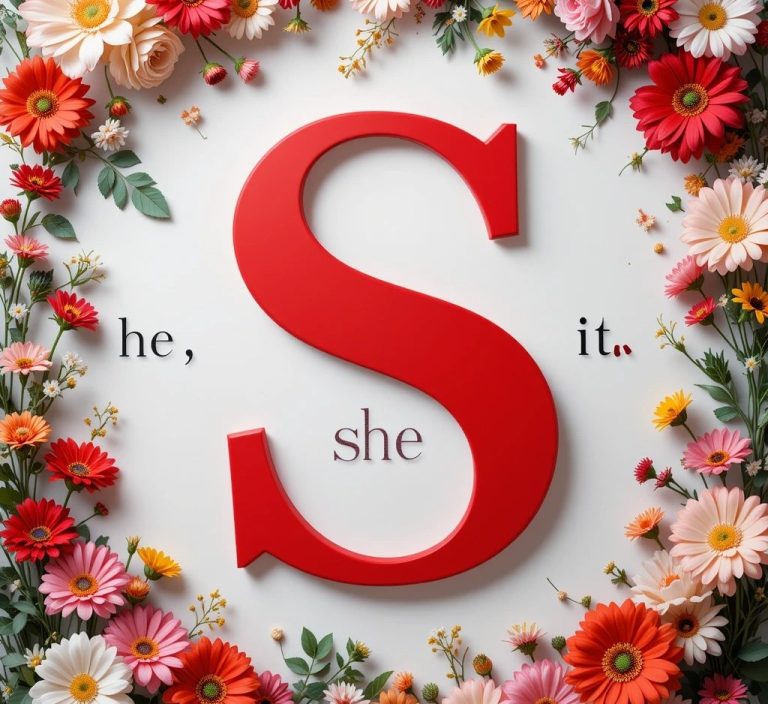3rd Person Singular '-s'

With he, she and it we need and extra '-s' ending for verbs in present simple tense.
Rules for Adding 's' to Verbs in Third (3rd) Person Singular
In the present simple tense, we add 's' (or sometimes 'es') to the base form of the verb only for he, she, or it (third person singular).
Here are the rules:
For most verbs, just add 's':
- I play → He plays
- I sing → She sings
- I run → It runs
For verbs ending in -s, -sh, -ch, -x, or -o, add 'es':
- I pass → He passes
- I wash → She washes
- I watch → It watches
- I fix → He fixes
- I go → She goes
For verbs ending in consonant + y, change 'y' to 'i' and add 'es':
- I try → He tries
- I cry → She cries
- I fly → It flies
For verbs ending in vowel + y, just add 's':
- I play → He plays
- I say → She says
Some irregular verbs:
- I have → He has
- I do → She does /dʌz/
Remember, this 's' or 'es' is only added for he, she, or it, not for I, you, we, or they.
Examples in sentences:
- I sing a song. → He sings a song.
- You wash the car. → She washes the car.
- We study English. → He studies English.
- They play football. → It plays with the ball.
Now explore the 10 most common English verbs for beginners!
or
Return to the Beginner Level Resources